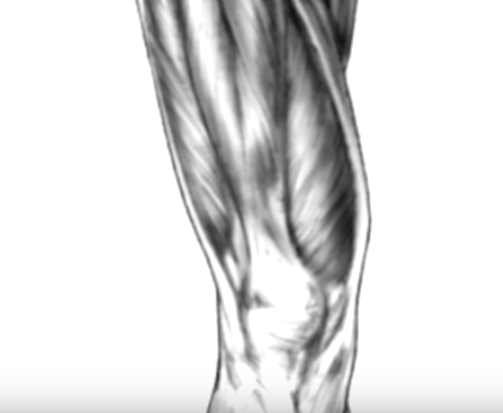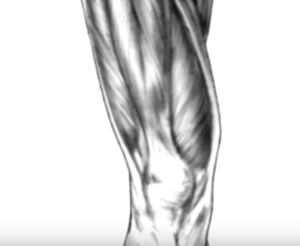The knee is one of the largest and busiest joints in the human body. This is because it is every day involved in the routine of enabling you to walk. For athletes and people who seek healthy lifestyles through jogging and running, the knee is subjected to far more work. This extra work can, in turn, lead to some pain below the knee cap. Some people deem this as normal, but there could be something that is seriously wrong. The most probable cause of this pain is a condition known by many as jumper’s knee.
What is it all about?
Jumper’s knee, medically known as patellar tendonitis is an injury that involves the tendon, which connects the kneecap to the shinbone. It is mostly common among athletes, whose sport mainly involves a lot of jumping and running. It is therefore very common to hear of volleyball and basketball players sustaining this kind of injury.
Patellar tendonitis – location and causes
The patellar tendon, which is usually the affected area, is located just below the knee cap, and this is where the thigh muscles attach to the shinbone. The main purpose of the patellar tendon is to transfer the force of the thigh muscles, and the resulting contraction leads to the ability of the knee to extend. It essentially cooperates with the muscles located at the front of the thigh to enable knee extension. This is what enables people to jump, run, and sprint.
The most likely way of sustaining this injury is through jumping. This is because that brief jumping moment is when the patellar tendon is subjected to the highest amount of stress. The quadriceps muscles in the thigh, along with the calve muscles, are the ones responsible for pushing the body in the air. Upon landing, these very same muscles assist in controlling the landing force by giving way for a slight bend of the knee. The problem kicks in when this type of activity is over-practiced.
Straining on the patellar tendon may prove to be too intense, and this can lead to a microscopic damage to the tissue that helps constitute the tendon. This is what is referred to by medical professionals as patella tendonitis. While the initial effects may seem insignificant, the continued routine of this manner may lead to more serious damage. The patellar tendon is designed to only handle so much force.
Symptoms
Typical to most injuries that involve the tendon, the pain and symptoms may go away at that moment when training has resumed. However, the continued straining of the area may aggravate the injury. Since the injury kicks in gradually, there is a little pain at the beginning. The pain will, however, intensify with increased activity. The areas around the knee joint will also feel different- tender to touch.
Another common symptom, especially in men is that the tendon will be rather stiff in the morning. In addition to that, the overall knee area of the affected leg will generally look and feel different from the other uninjured leg.
Patellar Tendonitis – Recovery Time and Treatment
Treatment can vary depending on the severity of the injury. All the same, the treatment should start with the individual at home. This can involve icing the affected area to reduce swelling. Hamstring and quads can be stretched before a workout each day to awaken the tissues and improve blood flow before a run or engagement in sport.
Engaging in eccentric activity such as one-legged squats for a few minutes in a day has also been found to be very effective in helping the tissue around the affected area rebuild faster for a full recovery. Also, you can ease the load on the injured tendon by wearing shoes with lower heels.
There are also medical treatments and therapy such as shockwave therapy, where the tissue is selectively broken down to accelerate healing. For more chronic cases, early treatment will play a crucial part in the recovery time. A patellar tendon strap may be installed just to ease the symptoms as well as provide some shield against excessive force on the injured area.
At the end of the day, the most important thing to note in the healing process is that the tendon needs some time off during recovery. This means that it should not be subjected to any jumping or a run for a few weeks until the tissues around it are fully functional. During healing, the doctor may attempt to mobilize the soft tissue by gently rubbing in the affected area. This will awaken the tendon again and help it adapt and gain strength once again.
With sufficient rehabilitation and enough rest of the tendon, you should be able to resume normal routines such as walking and mild jogging within the first few months. However, it may be a while before an athlete can fully gain his or her form, and the process can take up to 6 months. All the same, it all goes down to the extent of the injury and how you take care of it during recovery.

